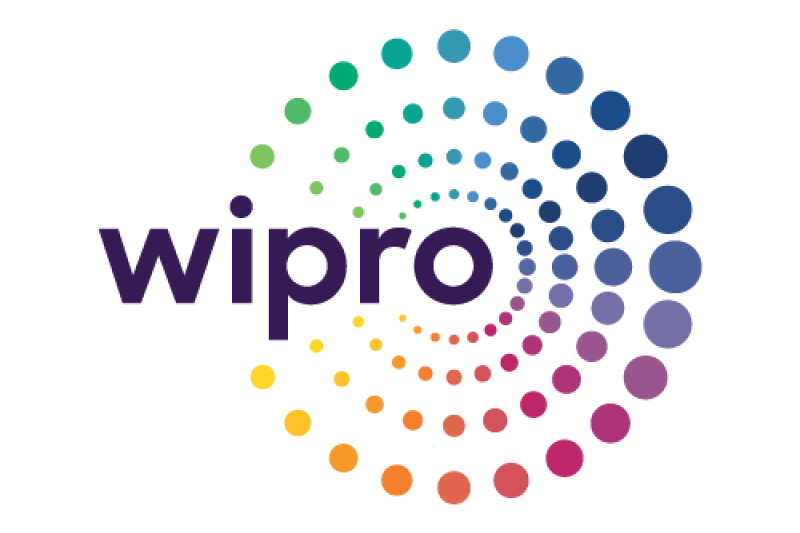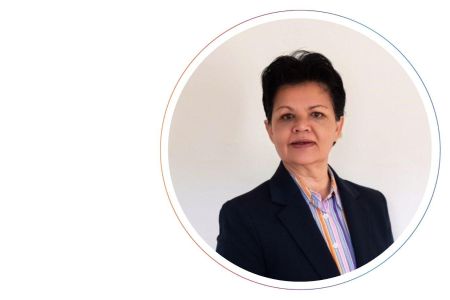
Case Study - EDP
EDP generates and supplies electricity in Portugal, Spain and Brazil and is one of the largest wind power operators worldwide. Read about EDP's science-based targets here.
EDP is the largest generator, distributor and supplier of electricity in Portugal and the third largest electricity generation company in Spain. In Brazil, EDP is the fifth largest private operator in electricity generation. Through its subsidiary, EDP Renewables, the company is also one of the largest wind power operators worldwide. Additionally, EDP generates power from photovoltaic plants in Portugal, Romania and the United States. EDP has a presence in 14 countries, with 9.8 million electricity customers, 1.5 million gas customers and more than 12 thousand employees worldwide. We spoke to Sara Goulartt, deputy director of Climate & Environment from the Corporate Sustainability Office.
Why did you set the Science-Based Target?
Sara Goulartt:The electricity sector is changing rapidly and faces a huge challenge in terms of decarbonization. We believe that electrification and the acceleration of renewable deployment will play a crucial role in the shift to a low-carbon economy. Our emission reduction targets help EDP capitalize on this shift. It also helps clarify our position to investors and other key stakeholders. There’s a clear business case for us to come forward and show we are on this path and part of the solution. The Science-based Targets initiative (SBTi) sets a new standard and we think it’s a very strong message to demonstrate our ambitions are recognized, as credible and aligned with climate science.
What was the process of setting the targets?
Sara:We’ve been investing in renewables for a long time and had set our own internal target for decarbonization. We saw that the SBTi could make a difference and concluded that the target we already published was well aligned with the SBTi expectations. We began a dialog with SBTi and did some internal testing with the tools available.
What strategies are you taking to implement the targets?
Sara:We are focused on growing our renewable portfolio as a core part of our business plan. We will be increasing our installed renewable capacity at a rate of at least 700 MW per year until 2020. In terms of energy efficiency, strong investments are being made. This is mostly in the distribution activities such as smart meters to enable clients to manage their energy demand. We have installed more than 1.5 million smart meters in Portugal and we aim to have 90% of our distribution activity in Iberia using smart meters by 2030. Also, innovation is a driving force; since 2015 we have invested around EUR72 million on innovation in areas such as clean energy, smart distribution and energy efficiency. Through our supply companies, we are also actively promoting end-use energy efficiency with important impacts on the demand side. For example, our efficiency services for businesses, Save2Compete, launched in 2012, has already provided energy savings of 170 GWh, bill reductions of EUR18 million and avoided 70,000 tons of CO2.
What are your achievements so far?
Sara:We have already achieved a reduction of 57% of CO2 intensity, compared with 2005; it is our aim to achieve a 75% reduction in CO2 intensity by 2030. Today we have 72.4% of installed renewable capacity and we aim to exceed 75% of the renewable installed capacity by 2020. We have achieved customer energy efficiency savings of around 200 GWh, through both domestic and corporate programs. We aim to exceed savings of 1 TWh by 2020, compared with a 2014 baseline.
What are the benefits of having the target?
Sara:When a company decides to clarify its future pathway through an ambitious, long-term (to 2030) science-based target, this immediately gives visibility, both internally and externally. From a reputation perspective, it shows robustness, confidence and credibility. From an innovation perspective, it focuses efforts and sets a clear pathway to harness the benefits of innovation. It also helps to set priorities and allows the company to recognize risks more easily. The investor community is starting to be more aware of what climate change means and all of the risks and opportunities that come with it. Some investors are very clear about what they are willing to invest in and these targets give them visibility of what the company is willing to achieve. Large corporate power customers are also starting to react positively to our strategy as there’s increased alignment with their strategies. This initiative differentiates us from other companies in the sector, clarifies our position as a leader and allows fruitful dialogue with customers.
Did you encounter any challenges?
Sara:We consider the opportunities to outweigh the challenges. However, there are various political and regulatory uncertainties across different regions in the energy sector, which presents significant challenges for implementing, ambitious long-term targets. Clear and transparent market oriented carbon pricing is an effective instrument to effectively promote fuel switching and accelerate renewables penetration. At an operational level, including scope 3 emissions was also a challenge. Because our portfolio of renewables is so extensive (scope 1), we have scope 3 emissions greater than 40% of total emissions, which means we had to set a scope 3 target . This is challenging, but we are working towards achieving this.
Have there been any negative impacts?
Sara:We have had no negative impacts so far. But we have identified a need to help the initiative become more sector oriented, to help bring value to other companies in the sector.
What has been the reaction to the targets from internal and external stakeholders?
Sara:内部有一个非常积极的反应because it enhances motivation; there’s a sense of pride. People understand that the strategy of their company is completely aligned with what climate scientists agree is essential to limit the increase in global average temperature to below 2°C. Externally, the reaction has also been very positive. We’ve had several international companies within the sector get in touch to learn about the initiative and find out more about our experience.
What is the wider impact of companies making such commitments?
Sara:For us as a company, it’s a clear business case because we play a key role in helping other sectors to decarbonize. We are at the base of the pyramid. We hope that as other companies and sectors see that utilities are setting ambitious climate targets, they will feel more optimistic and inspired to set their own targets and this will become a virtuous cycle.



